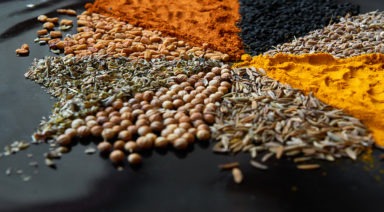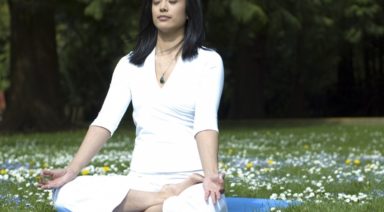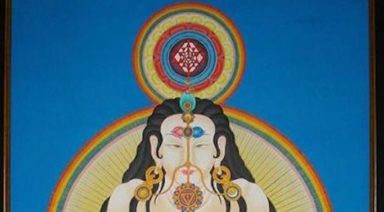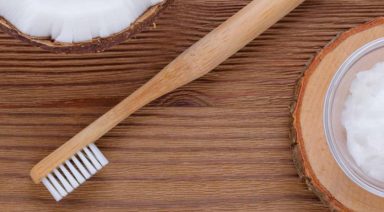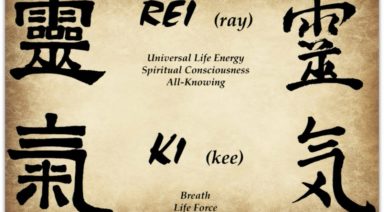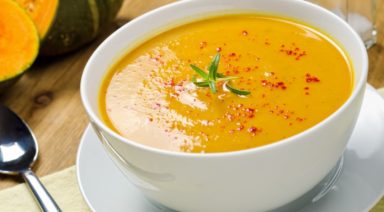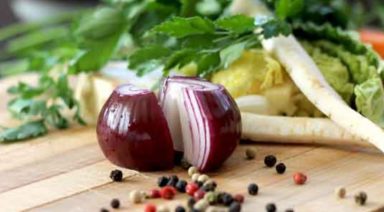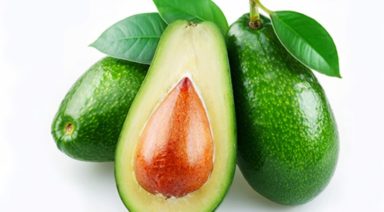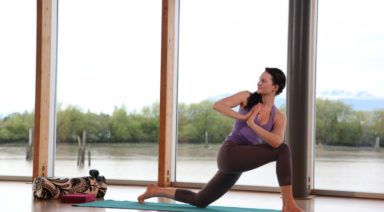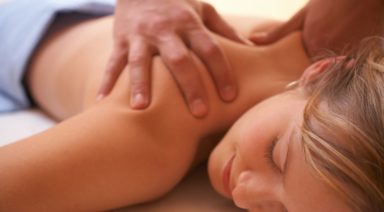At Home Exercises to Keep Fit During Quarantine
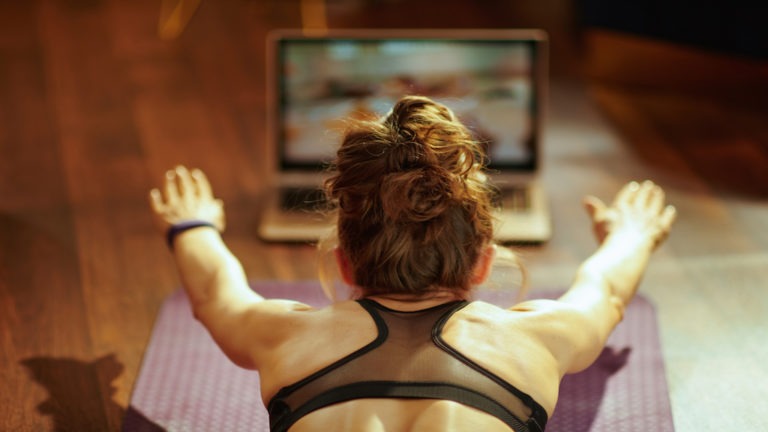
Moving your body is important on so many levels. During this time of social distancing, maintaining fitness should be a top priority, along with good diet and stress mitigation. And it’s entirely possible to get a stellar workout, without all of the expensive equipment.
Arnold Schwarzenegger, seven-time Mr. Olympia and action-hero extraordinaire, said, “There are a lot of things we can’t control during this crisis, so we need to focus on what we can control.”
He said, “Gladiators and Vikings didn’t have gymnasiums. I started my own fitness journey with chin-ups on a tree branch by a lake in Austria.”
If the idea of pumping iron, a la Arnold, doesn’t do it for you, get into yoga during this time away from society. While any kind of sport or exercise can be food for the body, mind, and spirit, yoga guru BKS Iyengar said, “Yoga allows you to find an inner peace that is not ruffled and riled by the endless stresses and struggles of life.”
When it comes to staying fit at home, there is something for everyone, whether it’s calisthenics, aerobics, Tai Chi, Qigong, yoga, pilates, or bodyweight exercises.
None of these activities require a gym, and they can all be done at your own pace. Or, if you’d like, you can follow online videos of expert fitness teachers. There are plenty of great yoga classes online taught by a variety of dedicated and experienced teachers.
Six Facets to Consider for At-Home Workouts
Make sure you’re healthy
Whenever starting a new workout program, it’s highly recommended that you first visit the doctor for a checkup.
Cardio
These exercises help with blood circulation and include some degree of increased heart rate. If you haven’t exercised in a long time, it’s good to get back into cardio gradually to build up your endurance, without putting too much strain on your body.
Lymphatics
Moving all of your body parts, including head, neck, feet, hands, arms, legs, and torso are important to get lymph moving throughout your body. Lymph glands help remove toxins from the body and can be stimulated with exercises that cause muscle contractions.
Respiration
Deep breathing is amazingly beneficial and has been practiced for thousands of years in the older parts of the world, such as Asia and India.
Muscles
Stronger muscles grow when we put them under strain (not enough strain to cause injury, of course). Then the body is forced to repair the muscle fibers so that they rebound stronger and larger. With stronger muscles, it’s easier to balance. Two of the greatest benefits is that using weights also strengthens the bones, which helps to stave off osteoporosis.
Balance and Sports Performance
We’ve learned a great deal about exercise over the last few decades — it’s become both an art form and a science. Even if you are sequestered at home, you can still work on strength, conditioning, and balance, so that you can excel at your favorite sports activities when you next engage in them again.
Yoga Checks All the Boxes
Just over a century ago, yoga masters began to travel to the West to spread the practice of yoga. By the 1920’s Hatha Yoga was strongly promoted in India with the work of T. Krishnamacharya, Swami Sivananda, and others. Today, yoga practice is a worldwide phenomenon, and the reason is easy to understand: anyone can do it, and no equipment is needed. Of course, there are fancy clothes, mats, blocks, and balls that can enhance your workout, but none of these are absolutely necessary to the discipline.
Yoga’s benefits are unparalleled — increased flexibility, better muscle strength and tone, greater respiration and vitality, weight loss, improved cardio, superior balance, and even protection from injury. There is even evidence that yoga reduces inflammation when practiced regularly. Yoga is a mind-body exercise, which makes it helpful for reducing stress, thinking more clearly, increasing focus, fighting depression, feeling happier, calming down the mind and body, reducing anxiety, and even feeling more altruistic.
Getting Started With Your Yoga Practice
If you are patient and easy on yourself, yoga is rewarding from the very beginning of practice. Of course, beginners may feel awkward, unsure, or rigid, but this is to be expected.
Yoga is all about poses. As you go along, you learn where your strengths and weaknesses are, and your balance increases. When you can go out into the world again and find a yoga teacher, he or she can help make little corrections in your practice. It’s a work in progress. But if you want to know how to get started, the answer is simple: Get started now. Sign up online and go for it.
Gaia’s yoga videos offer much more than just a taste of what yoga is like — they offer hands-on experience from expert teachers representing different schools. And if you want to go beyond yoga, or add other forms of exercise to your stay-at-home program, Gaia also offers other fitness content, including pilates, Tai Chi, Qigong, and many general workout classes, as well.
B K S Iyengar once said, “Yoga saved my life. I took it up for my health, and then I took it up as a mission.” Now you can take it up for your own reasons — whether it’s because you’re stuck at home, in need of at-home yoga workouts, or you just want to give this Eastern art form a try.
Gaia's Top 10 Videos on Holistic Health and Lifestyle

How do you discover your own path of well-being and vitality to achieve optimal health? The road is different for everyone and is an enduring, life-long mission. We invite you to sit with experts, from various health-related fields, who share the fruits of their research on nutrition, supplements, dentistry, detoxing, and unlocking our full health potential. What you may discover could change every aspect of your life.
1. The Gut Movie
In The Gut Movie, we follow the journey of journalist and researcher Kale Brock as, in the quest to discover whether the “optimal microbiome” does indeed exist, he travels from Australia to Namibia to live with The San, an ancient hunter-gatherer people living traditionally from the land. During the excursion, Brock monitors his own microbiome and how it changes in conjunction with the new surroundings and takes microbiome samples of The San to gauge the significant differences in microbiota present across cultures.
With expert commentary by leading gastroenterologist Professor Thomas Borody, molecular geneticist Dr. Margie Smith, immunology researcher and expert Professor Mimi Tang, naturopath and chiropractor Dr. Damian Kristof and others, The Gut Movie provides an insightful yet entertaining look at the explosive research of the gut and its impact on human health.



